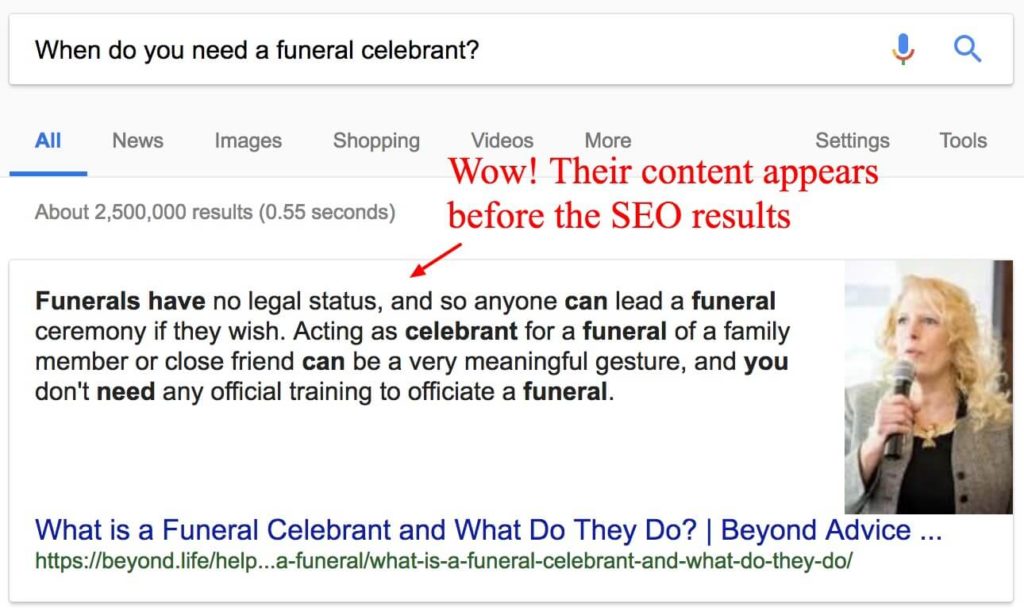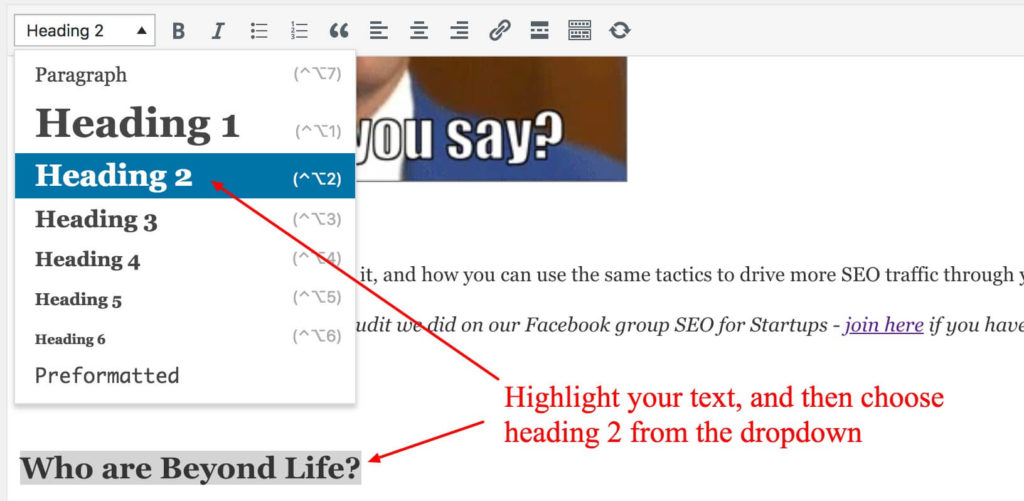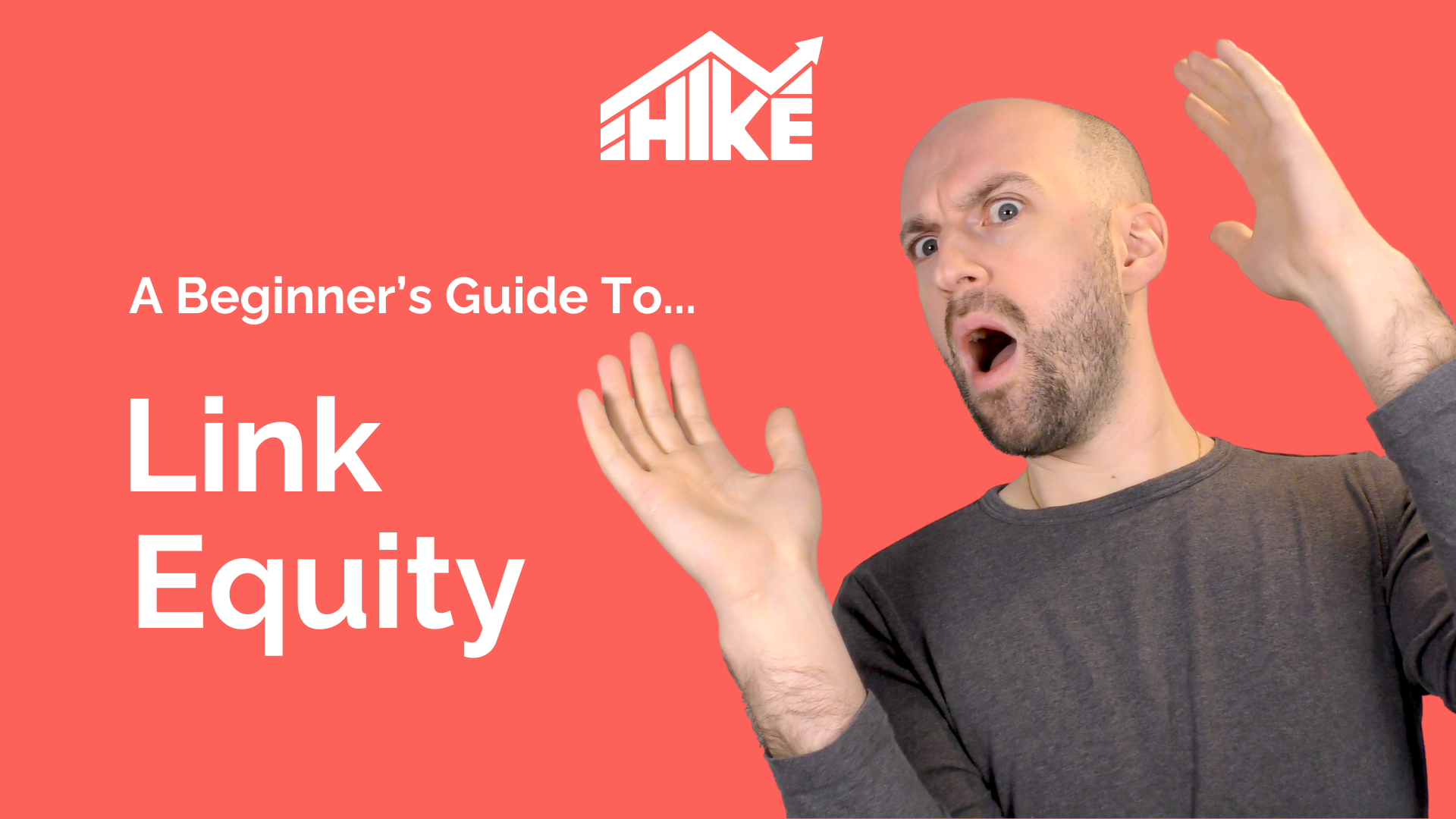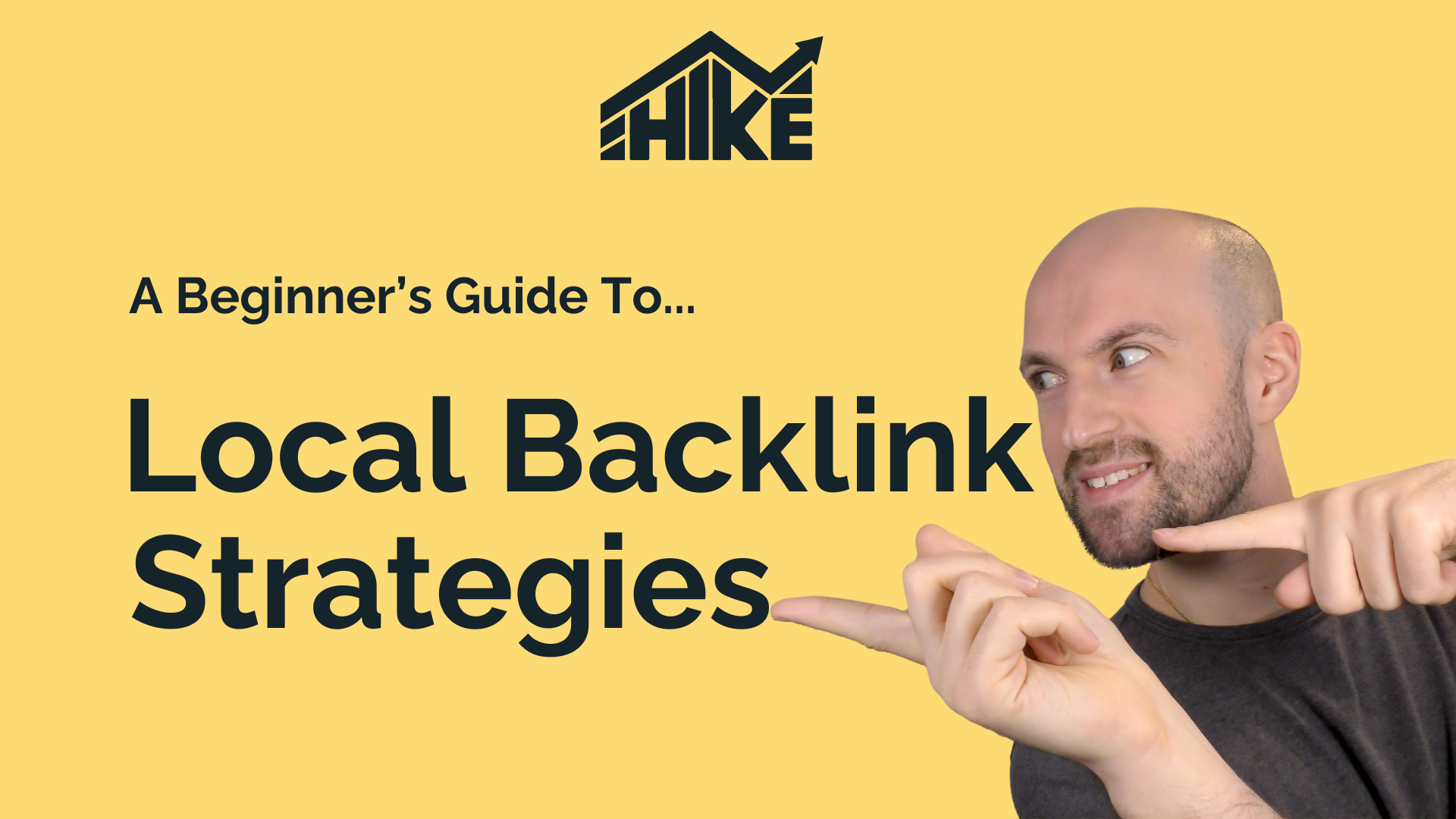Today we’re going to look at how startup Beyond Life use SEO to drive well over the equivalent of £20k’s worth of PPC traffic every year…
…from just 10 pages of content!
Yup, 10 pages.
We’re going to show you how they did it, and how you can use the same tactics to drive more SEO traffic through your content.
(PS today’s blog was taken from an audit we did on our Facebook group SEO for Startups – join here if you haven’t already, it’s free!)
Who are Beyond Life?

So you probably haven’t heard of Beyond Life, but they are an emerging brand in the new #deathtech industry. Brands like Beyond are trying to make death less of a taboo subject so we can plan better for “everything after life”.
According to Crunchbase they’ve raised almost £3million to help fund their growth, so they’re obviously doing something right when it comes to expansion. And when it comes to their SEO, I can see why!
First off… how much SEO traffic do Beyond get?

As with our case study for online payments company Stripe we can never be sure of the exact number Beyond Life get, but we estimate they receive around 59k hits a month from organic search and rank for ~3k different keywords. It’s the channel that sends the most traffic, 48% we guess.
So, what are they doing right to get this? Well today we’re going to focus on one particular strategy, and it’s one that can provide a lot of value to startup business founders.
(NB: we use data from Similar Web for these figures; it’s the closest we can get without having a peak inside Beyond’s analytics!)
Beyond’s content strategy
Beyond have invested a serious amount of time and resource into their website content, and specifically into their Help Centre.
Their Help Centre houses lot’s of answer-based content around end of life questions, such as ‘Help with Funeral Costs’, ‘How long does a funeral last’, ‘How to plan a funeral’.
These are all questions that people need answering, but let’s see exactly how many people ask these in Google…

So this highlights just how real the appetite is for content like this in Google.
What keywords does their Help Centre rank for?
In the screenshot below I’ve listed only a select few of the keywords where their Help centre ranks in Google.
These 10 phrases alone would be driving an estimated 600+ visits a month! That’s not bad for some content.
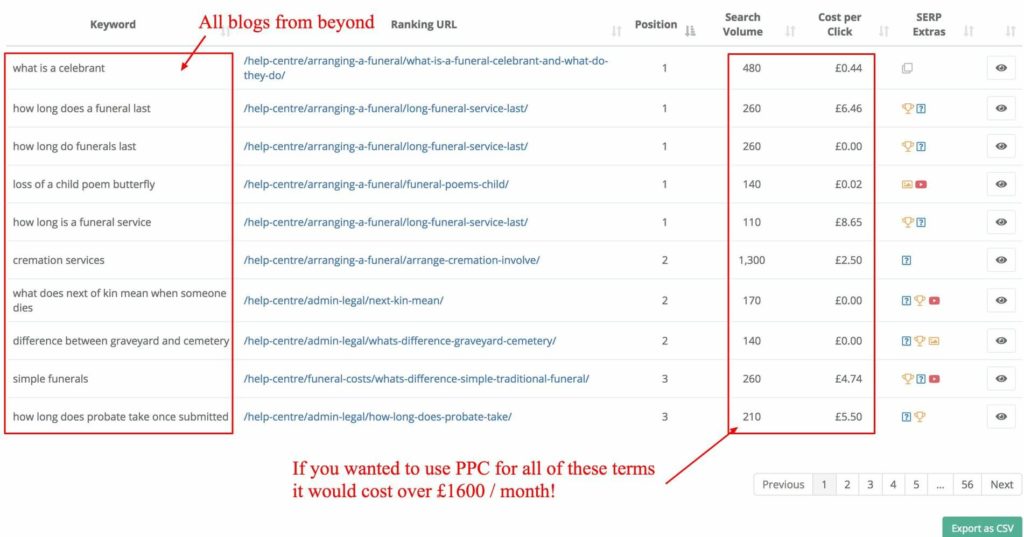 Here’s an interesting question for you – how much would it cost if beyond wanted to use PPC and PAY to be at the top of Google for these terms?
Here’s an interesting question for you – how much would it cost if beyond wanted to use PPC and PAY to be at the top of Google for these terms?
Got your guesses ready????
The answer is….
£1600 a month/£20k a year! That’s a huge amount of money they’d need to invest.
But they don’t have to, because they’re getting that traffic for free instead via SEO.
How did they achieve this?
I bet I know what you’re saying right now…
“Andy you always tell us about these great startups who use content for SEO, but you never tell us how we can SEO our content!”
Yep, I hear ya. So what I’ve done below is list a bunch of reasons why Beyond’s content does so well. They’re actionable points that can use too!
The content I’m going to focus on is this article that ranks number 1 for the keyword “What is a celebrant” (searched in Google UK almost 6k times a year!).
1. ‘Frontloading’ the keyword in the title

This is an easy one to employ. Once you’ve diagnosed the content you want to write, and the keyword/question you’re targeting, then put this at the very beginning of your title! This is a quick and easy SEO tip that REALLY helps.
2. Length
Length of content is important when it comes to SEO. Statistically, longer content outperforms shorter content. But it’s important to know WHY.
Google doesn’t like long content for the hell of it.
The causation is indirect; Google loves webpages when they are an authority on a given subject. And to prove you’re an authority in Google’s eye, you need to be discussing a topic in detail so that you mention all the sub- and related-topics it correlates with your main topic.
And the only way you can really do that is by writing about it, which then leads to longer content!
This article from beyond is 794 words long! That’s over 100 words longer than the website at position 2.
3. Sub headings
Separating your long content with sub-headings is not only a good thing to improve user engagement, but it helps with SEO too.
Beyond have peppered other questions as sub-headings throughout the copy. Even better is that they rank for these questions too! See the above example of the sub-heading “How to choose a funeral celebrant” which they rank position 2 in Google.
Want to see something even cooler that that though? (SEO-cool that is 🙂 )
Another sub-heading they have on the page is “When do you need a funeral celebrant?”, and look what happens when you search that term in Google – pretty neat right? They get a whole section dedicated to their content BEFORE the main 10 SEO results:
Want to know how to create a sub-heading? It needs to be a heading placed within a H2 tag. Every CMS platform is different, but they *should* all let you do this easily.
Below is a screenshot of how I do it in WordPress, for this very post! (Is there some kind of weird Inception thing going on if I post this?)
4. Links/citations to other great resources
Google also loves it if you link to other similarly-related, great content. And this can be on other websites. It seems counter-intuitive, but if you link out to other valuable websites that can help your SEO.
It tells Google that you’re aware of the authoritative websites around this topic, and that gives Google confidence in YOUR content.
Imagine it was your dissertation – wouldn’t you want to ‘pepper’ references to other authoritative content on the subject to prove you knew your stuff?
Beyond do this really well in this article. They link out to other resources that provide their users with real value. Google will see this, and they will like it 🙂
5. Links to their own content

You don’t just have to link out to other websites that are related. You can link to other content on your website too. This helps engagement as well as SEO; as they consume more of your content they stay on your website for longer.
6. Including media (eg images, videos, graphs, tweets, etc…)
The final point I’m going to raise, and this is one recommendation that Beyond haven’t done too much of in this article, is to add media to your content. Especially if it’s long form content.
Add images where relevant to flesh out your ideas. Embed videos that bring your content to life. Show tweets that reinforce your message. Use GIFs to add a slice of comedy 🙂
Again this helps to keep the customer engaged with your content, and adds value to what you’ve produced. It’s all good SEO stuff.
Outro
Hope you’ve found this case study useful. It would be great if you could feedback, either via the comment section below or on our Facebook Group ‘SEO for Startups‘.
Over and out!
Andy



